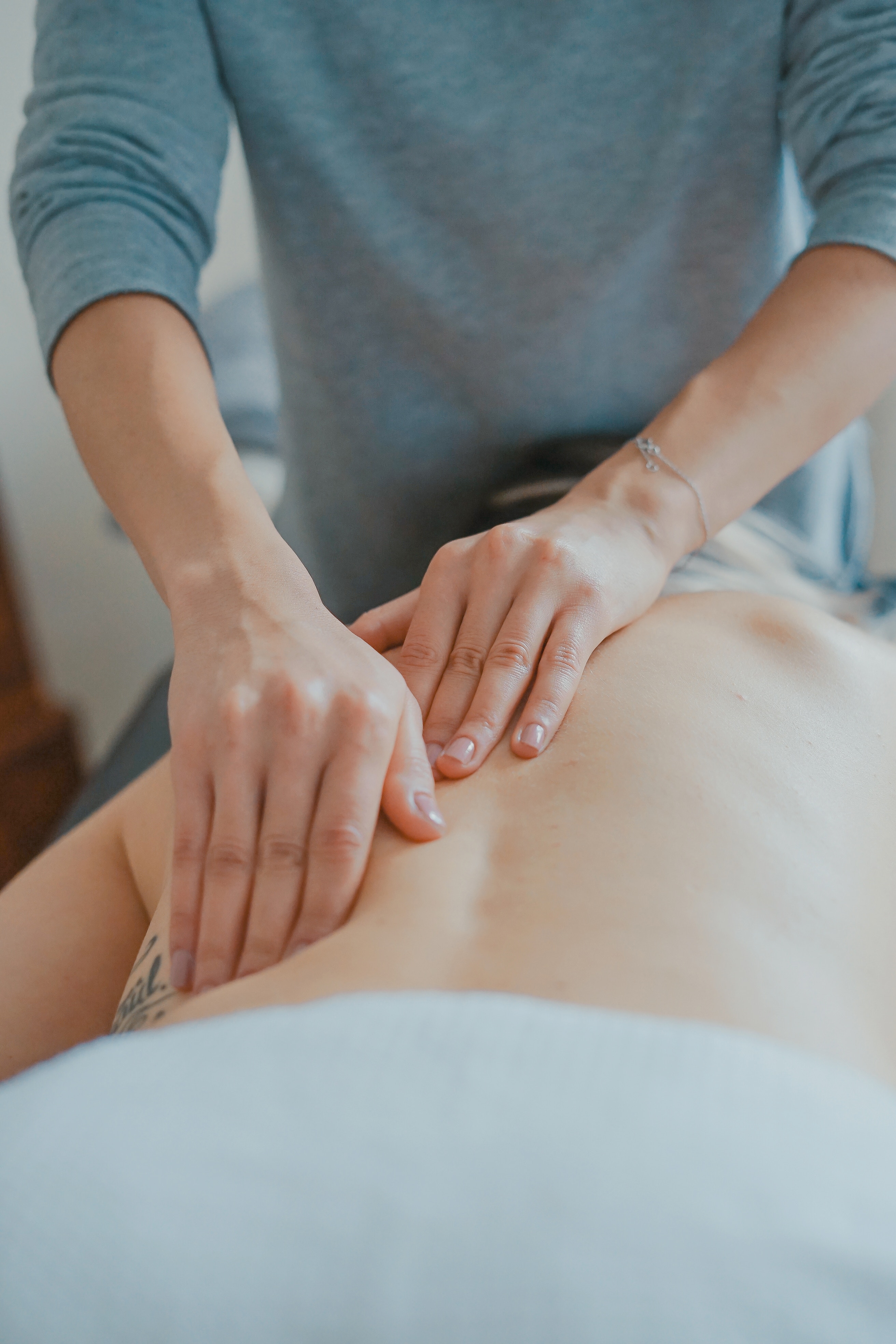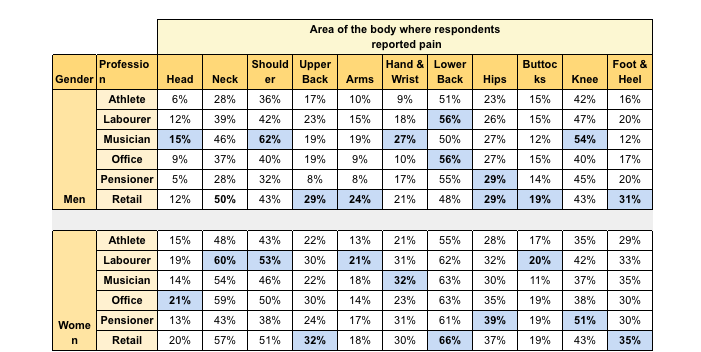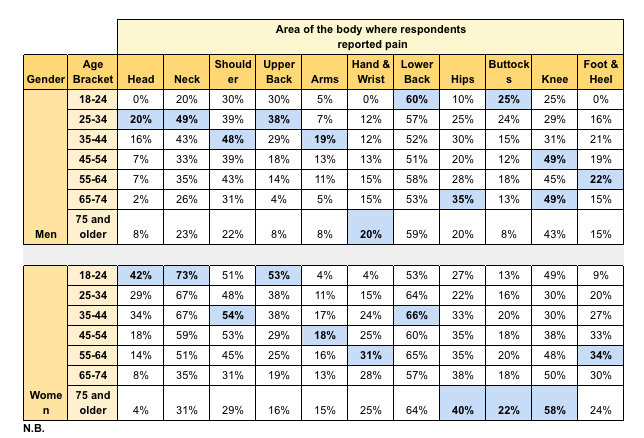
Health News
Pain Index 2018: lower back is pain zone number 1
BERLIN, GERMANY — Pain therapy specialists Liebscher & Bracht have released the 2018 Pain Index, revealing trends in the way individuals experience chronic pain based on their gender, age and profession.
March 26, 2018 By Staff

According to a 2013 report by the Deutsche Schmerzerliga, approximately a quarter of the population in Germany (12 – 15 million people) suffers from prolonged, recurrent or chronic pain. With similar reports, such as the DGSS 2017 Forschungsagenda, suggesting that up to 50 per cent of the population now suffers from persistent pain, the investigation
into the root causes of these conditions is a key element of Liebscher & Bracht’s treatment. They undertook this study as part of ongoing research and are releasing the results in order to highlight the most common types of injuries and chronic pain associated
with various lifestyles.
The study analyzes a patient survey of almost 8,000 chronic pain sufferers detailing the areas of the body in which they experienced pain. The questionnaire asked the respondents for their age, gender and profession, and in which body parts were they experiencing
discomfort. After receiving the responses, they then analysed the results to determine any trends. The data is therefore split between incremental age brackets, if the respondents identify as male or female, and by career.
The results are split between six different professions; labourer, office worker, retailer worker, athlete, musician and pensioner. This offers an indication of the types of injuries affecting individuals in various careers, and may signal potential health risks in those industries. Alongside professional categorisation, the results are also split between seven age groups, beginning at 18-24 and then grouping respondents in increments of 10 years until the age of 75 plus. By splitting the survey data by age, it opens up questions not only about how pain changes with age, but how lifestyle changes over the past 50 years have impacted chronic pain conditions.
The index reveals that the lower back is the most common area that individuals experience pain, followed by the neck, shoulder and knee. These pain patterns have been highlighted in similar studies within the field, such as the DGSS report, where back pain was found to be most common, followed by pain in the head, neck, shoulders and legs. By splitting the results between gender, age and profession, the 2018 Pain Index offers a higher level of granularity than any previous study on the topic.
“This study only confirms what we’ve known for a long time about how your everyday working life can have an impact on pain conditions,” says Roland Liebscher-Bracht. “The good news is that by recognizing patterns between professions and areas of the body most likely affected, individuals in high-risk groups such as retail can take preventative measures to help them lead a healthy life.”
The table below reveals a sample of the results, split by profession and gender. In each case, the highest percentage is highlighted in blue. The percentage indicates the proportion of respondents reported pain in that particular body part, for example, 56 per cent of the male labourers reported experiencing chronic lower back pain.
This is a sample of the full results, which can be found here: https://www.liebscher-bracht.com/2018-pain-index
The table below reveals a sample of the results, split by age group and gender. In each case, the highest percentage is highlighted in blue. This is a sample of the full results, which can be found here: https://www.liebscher-bracht.com/2018-pain-index
This is a sample of the full results, which can be found here: https://www.liebscher-bracht.com/2018-pain-index
Further findings
- Significantly more women report pain than men. This is especially notable for pains in the head, hands and wrists, the upper back, feet and heels and in the neck.
- Male retailer workers and female labourers experience the most pain.
- Athletes tended to report a lower frequency of pain compared to other professions for all body regions, especially noticeable for hands and/or wrists, hips and neck. Despite the common perception that office workers suffer from a great deal of chronic pain due to immobility during the working week, the results show that there is a general trend that office workers experience less pain than both retailer workers and labourers, except in the case of lower back pain in men and head pain in women.
- For both men and women, neck pain was commonly reported, although much more frequently reported by women – 55 per cent of women compared to 35 per cent of men.
- Among women, neck pains are more frequent among younger respondents, with roughly 70 per cent of women aged 18-44 reporting such pains.
- For both men and women, shoulder pains and knee pains were commonly reported. While shoulder pains are roughly as frequent across all ages, a larger share of older women reported pains in the knee than younger women.
- The data indicates that pregnant women experience a much higher frequency of pain across all body regions compared to other women, especially for the lower and upper back, the neck and shoulders.
Print this page